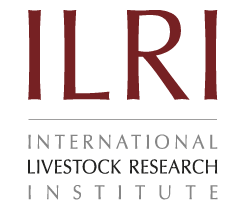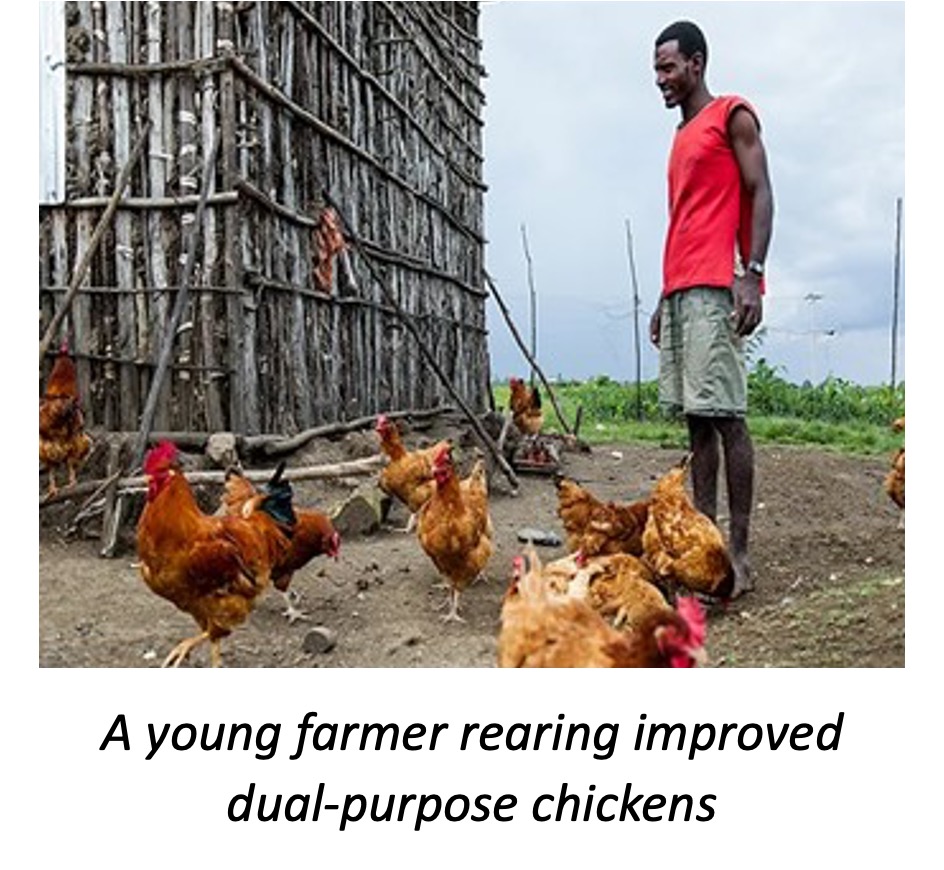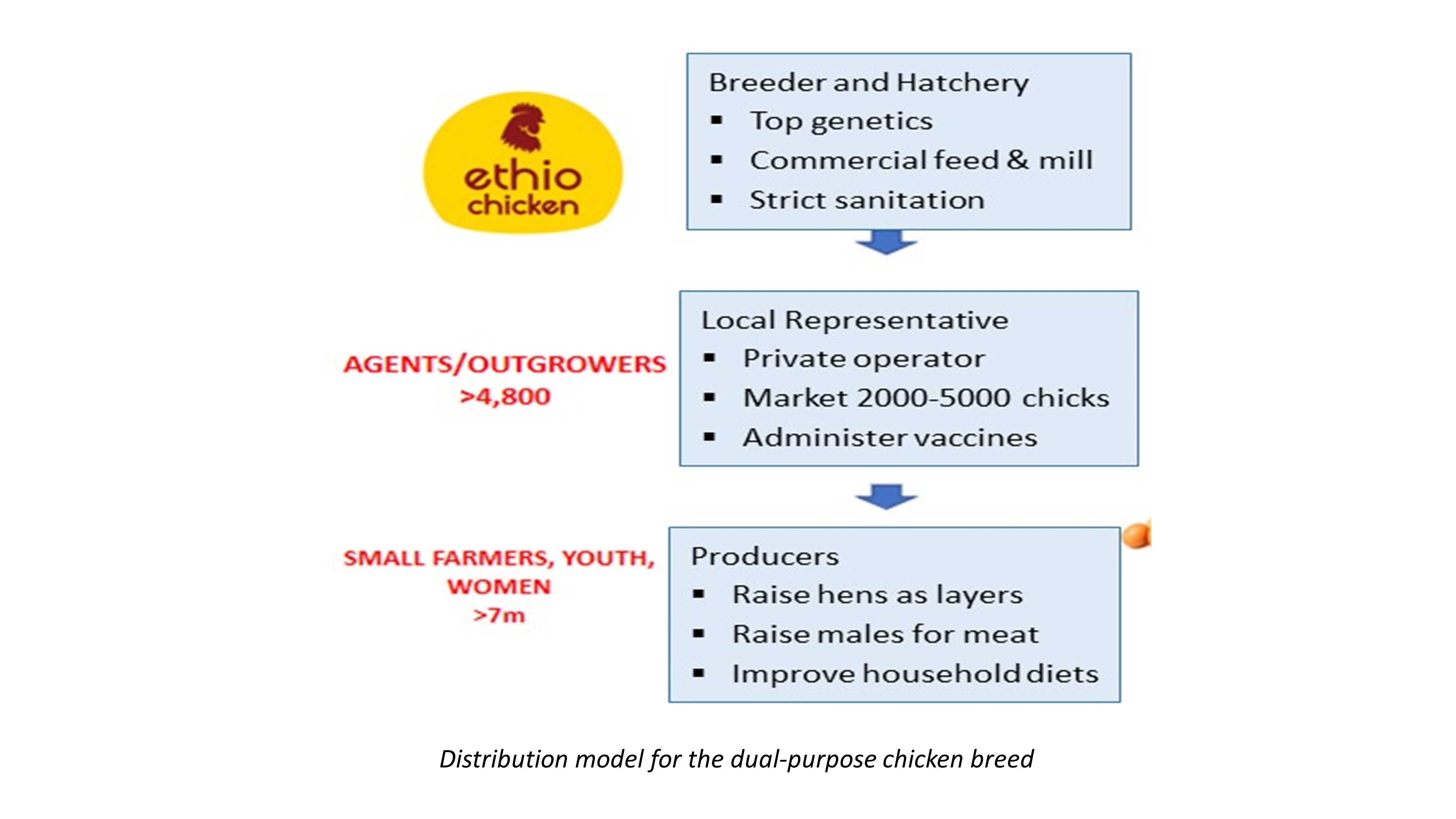Dual-Purpose Chicken for Small-Scale Producers
Summary
Most indigenous chickens have low levels of egg and meat productivity and high mortality rate. Breeders have developed “dual-purpose” chicken that produce both egg production and meat, and are low cost, disease resistant, heat tolerant, and feed efficient. The distribution of these improved breeds to farmers takes place by companies that establish a parent stock and hatchery operation. Day old chicks (DOCs) from the parent stock farm are then transported to brooder units who specialize in the brooding, feeding, and proper vaccination process for the first 30-40 days of the chicks’ life. This model makes it possible to deliver improved dual-purpose breeds to large numbers of farmers and gives chickens a high chance of survival due to their good start. One of the best examples of this approach is the African Poultry Multiplication Initiative (APMI) which started 1,590 brooder units in Tanzania and Nigeria, delivering 10.7 million DOCs to 525,000 smallholder farmers.
About the Solution
Dual-purpose chickens are more appealing than indigenous breeds because of their excellent performance in small free-range flocks, mixture within different age groups, ability to scavenge, efficient use of nutritional supplements, and better performance in both meat and egg production compared to indigenous breeds. The improvement strategy used in producing dual-purpose chickens is the same as purebred broiler and layer breeds. Distribution starts with a private company that acquires a parent stock and supplies brooder units with DOCs alongside feed and proper vaccination. After rearing the chickens for about four weeks, they will be sold to smallholder farmers who rear them under extensive production system for up to three months for sale as broilers. Another model involves raising chicks under semi-intensive systems for 6-12 weeks for meat. Alternatively, these chicks may also be reared for five months and sold as pullets to other farmers who rear them for egg production over the next 10 to 15 months before selling the “finished” layers for meat.
Distribution chains for dual-purpose chicken can be set up in any African country but may need adjustments per country. Dual-purpose chickens are often better suited to less intensive management.
These dual-purpose breeds are known for many desirable features of indigenous chickens, such as colorful plumage, resistance to diseases, adaptation to tropical conditions and the ability to scavenge their own food. The main improved dual-purpose breeds are Kuroiler and Sasso, which are available in Uganda, Tanzania, Zambia, Ethiopia, Mozambique, Burkina Faso, and Zimbabwe. Some indigenous chicken breeds such as the Fulani Ecotype are also considered as dual-purpose.
Brooding unit operators receive technical support in the production of healthy, vaccinated chickens and gender empowerment from Village Poultry Agents. DOCs receive additional heat, light, feed, and medication for up to 21 days before the young birds are allowed scavenge outdoors. This prevents predators and supports early, specialized nutritional and physiological needs. These units are built to specification according to the desired production capacity. Necessary inputs are formulated feeds such as chicks-, grower-, and layers-mash, adequate clean water, vaccination, provision of vitamins. The poultry house must be cleaned, disinfected between production cycles to avoid pests and diseases.
Commercialization
Commercially available
Solution Images
Institutions



